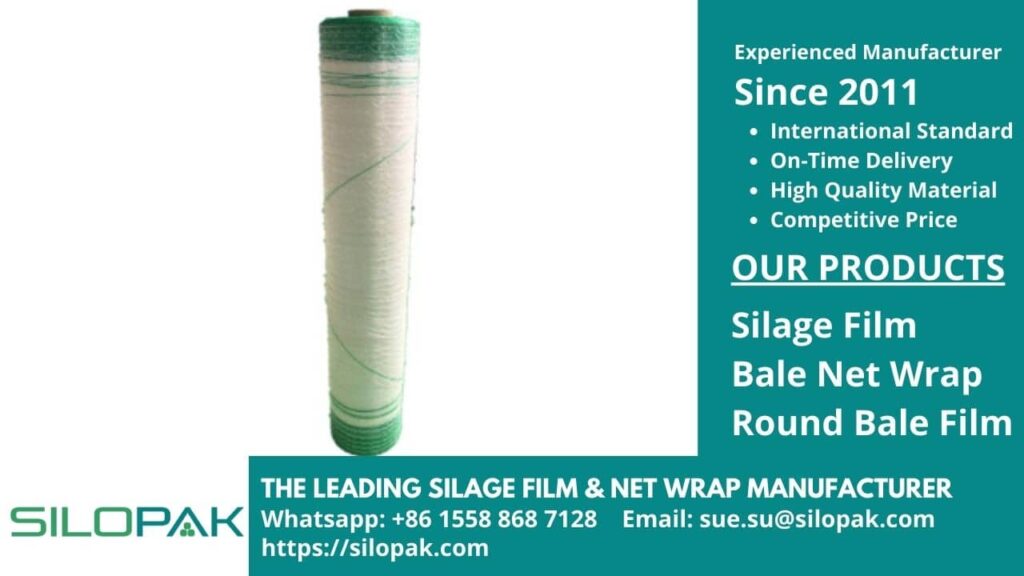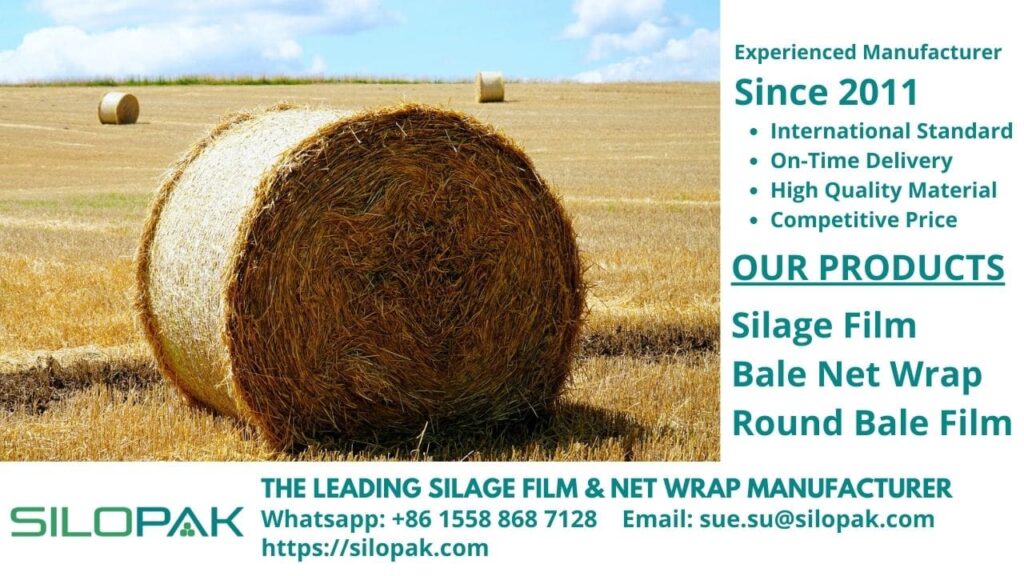
Difficulty deciding whether to use twine or net wrap in Australia? The first thing you need to realize is that you are not alone. There are countless other farmers out there in Australia that have frozen when faced with this dilemma. And the fact that the industry of bale wrapping is confusing does not help. So, stay put. This is a classic conundrum of choosing between twine—which is traditional and therefore tried and tested—and net wrap, of the modern side of things that offer efficiency.
contents
So, Is Net Wrap Any Good?
For clarity, our discussion will focus more on wrapping round bales. Why? Round is the most common shape farmers resort to when it comes to the shape of bales. And it is also most commonly preferred by those running a farm of small scale so it would make sense that we should dig deeper into this side of the spectrum.
When faced with the question of whether to use twine or net wrap in Australia, it will not hurt to rely on instincts. You can try to figure it all out by sensing and comparing what you need with what is available at the moment. Sure, this entails tweaking some parts of your requirements, but generally speaking, your guts will tell you, especially when you are, in fact, not a new player in the game. But it is also clear that net wrap has the edge over the twine variant—we’ll get there in a minute.
Australia is a big country known for its large-sized farmlands. The agriculture industry sector in the continent continuously evolves as new technology is being implemented over the years. Embracing modernity has thus become the norm if you seek to improve productivity and remain capable of keeping up with fellow players. This leads to the net wrap being adopted to replace the good old twine. But modernity is not the sole reason why people are making the jump.
What to Expect Then?
The popularity of net wrap in Australia is not without reason. Here are some that you can take note of:
Efficiency
Net wrap is designed to improve efficiency in the baling process specifically. Case in point, twine demands that you need to turn around the bales at least 20 times owing to their thinness. Net wrap, on the other hand, only takes at least two turns before the bundle is completely covered.
Man labor is also of a higher level when it comes to using twine and this means it will take some time before you finish with one batch and move on to the next. With a net wrap, you can get it over with and do something else for the remains of the day. As a result, maximum productivity is secured.
Decreased Losses
Using net wrap in Australia, you can also observe a significant drop in spoilage. Net wrap practically goes all around the bales as you cover them. In the process, loss of dry matter can be put in check by the time you are done covering the bundles. The spoilage rate is significantly reduced by 25% using net wrap following the completion of wrapping work for each bundle. This also means that the silage inside the wrap can produce more livestock feed that is highly nutritional for the animals to feed upon.
Weather Resistance and Protection
Another significant benefit of net wrap is its ability to withstand challenging weather conditions. In a country like Australia, where weather patterns can be unpredictable and harsh, using net wrap offers a level of protection that twine simply cannot. Net wrap forms a tighter and more secure barrier against moisture, reducing the likelihood of water seeping in and spoiling the bale content. This resilience against weather fluctuations ensures that your bales remain intact and nutritious, which is crucial for long-term storage and usage.
Time and Labor Savings
The time saved when using net wrap can be substantial. While twine requires multiple revolutions to secure a bale, the net wrap process significantly reduces this by completing the task in fewer rotations. This efficiency translates to less wear and tear on your baling equipment and reduced fuel consumption—a notable advantage for farmers looking to cut operational costs. Additionally, fewer handling requirements mean less strain on farm workers, allowing them to allocate their efforts to other pressing tasks.
Longevity and Storage
Net wrap also offers benefits in terms of storage. Properly wrapped bales with net wrap tend to maintain their shape better and are easier to stack compared to twine-wrapped bales. The tighter and more uniform coverage helps prevent issues such as sagging or deformation, which can occur during storage. This is especially beneficial when bales need to be transported over long distances, as net-wrapped bales retain their structure and are less prone to damage.
This short explanation should be enough for you to put an end to the question of whether to use twine or net wrap in Australia. There is a reason why twine stands out despite its being used for a long time. But the time has changed, and you need to embrace changes if you wish to improve your farm productivity and marketability.
Other farms are making the switch as we talk. It’s not every day you get to change things for the better with something as simple as turning your head to a tool designed to simplify everything.
An Easy Way of Getting Supplies of Net Wrap in Australia
Finding it hard to come by a party providing net wrap in Australia? No worries; we at Silopak understand that it’s already a big change to choose something new, let alone to do it while looking for it. With that said, you can now take a breath of relief knowing that we are here to help you out.
Get your supply of net wrap or silage film in Australia through us. Visit our official website and ask for a quote, and we’ll be more than happy to provide you with all the necessary information.
Feel confident in your choice and see the positive impact it brings to your farm’s operations and overall productivity.


